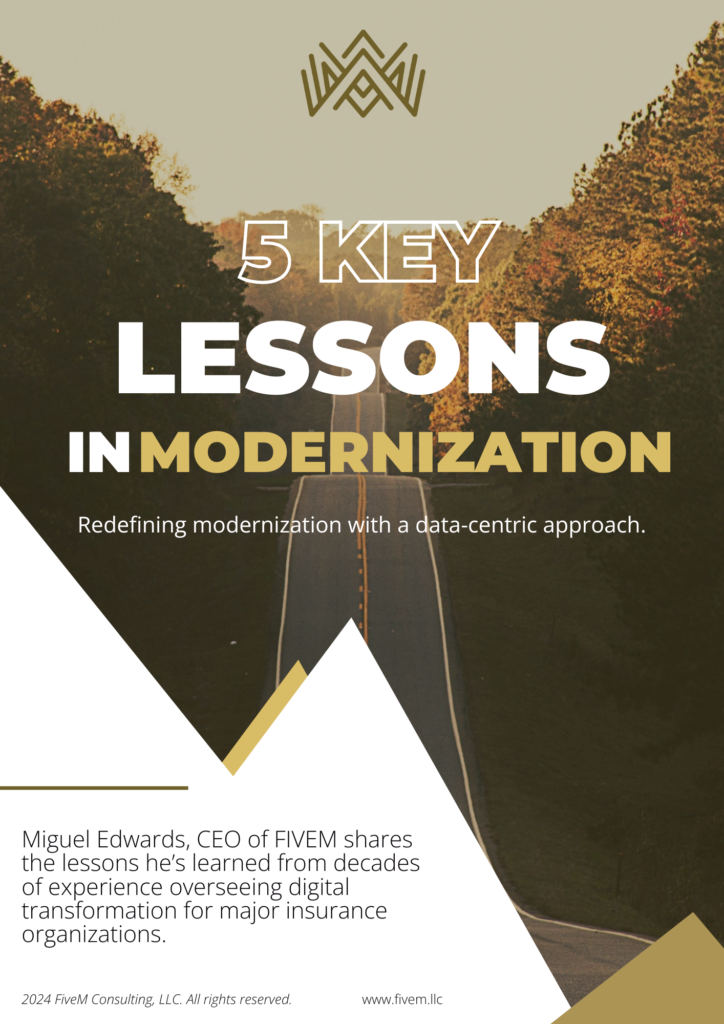In the insurance industry, change is constant. As we move through the 21st century, one significant change is the demographic shifts. Adapting to these shifts is crucial for staying competitive and innovative.
Understanding the Demographic Shift
The insurance industry is transforming due to the retirement of Baby Boomers and the rise of Millennials and Gen Z in the workforce. This shift is changing the consumer landscape and the industry’s workforce. Baby Boomers, the backbone of the industry for decades, are retiring in large numbers. Meanwhile, Millennials and Gen Z are taking on leadership roles, bringing new perspectives, values, and expectations.
Impact on Consumer Behavior
This demographic shift is significantly changing consumer behavior. Millennials and Gen Z are digital natives who demand transparency, personalization, and convenience from insurance providers. Traditional engagement methods, suitable for Baby Boomers, seem outdated to younger generations. To stay relevant, insurance companies must embrace digital transformation. This includes leveraging data analytics, deploying AI for better customer service, and investing in user-friendly digital platforms. The goal is to create a seamless, personalized experience for today’s tech-savvy consumers.
Workforce Transformation
The demographic shift is also reshaping the workforce. As Baby Boomers retire, they take decades of experience and knowledge with them. This creates both challenges and opportunities. The challenge is ensuring a smooth transition of knowledge and maintaining operational continuity. The opportunity lies in the fresh perspectives and innovative ideas that Millennials and Gen Z bring. Younger employees are more comfortable with technology and open to new working methods. They value flexibility, purpose, and collaboration. To attract and retain top talent, insurance companies must foster a culture aligning with these values, including flexible work arrangements and continuous learning opportunities.
Addressing Stress and Burnout
One major challenge of this shift is rising stress and burnout, especially among younger workers. Studies show high levels of stress in many employees, including in the insurance industry. The pressure to adapt to new technologies and high performance demands can affect mental and emotional well-being. To address this, insurance companies need to prioritize employee wellness. This includes offering mental health support, promoting work-life balance, and creating a supportive workplace culture. Investing in employee well-being leads to higher productivity, lower turnover, and a more engaged workforce.
The Role of Leadership
Effective leadership is crucial for navigating demographic shifts. Leaders must be adaptable, empathetic, and forward-thinking. They need to understand the unique needs and motivations of different generations and create an environment where all employees can thrive. This includes providing mentorship, career development opportunities, open communication, and encouraging innovation. Leaders also play a key role in driving the digital transformation needed to meet younger consumers’ and employees’ expectations. This involves adopting new technologies and rethinking business models and processes to become more agile and responsive.
The demographic shifts in the insurance industry present challenges and opportunities. By understanding and adapting to these changes, insurance companies can stay ahead and thrive. Embracing digital transformation, fostering a culture of innovation and inclusivity, and prioritizing employee well-being are key strategies for success. Those who are proactive and adaptable will lead and succeed in this evolving landscape.
FAQs
What are seismic demographic shifts in the insurance industry? Seismic demographic shifts refer to significant changes in the population structure, like the retirement of Baby Boomers and the rise of Millennials and Gen Z in the workforce. These shifts affect consumer behavior and workforce dynamics.
How are consumer behaviors changing with these demographic shifts? Millennials and Gen Z demand more transparency, personalization, and digital engagement from insurance providers, unlike the traditional methods preferred by Baby Boomers.
What challenges do insurance companies face with the retiring Baby Boomer generation? The retirement of Baby Boomers leads to a loss of decades of experience and knowledge, posing a challenge in maintaining operational continuity and knowledge transfer.
How can insurance companies attract and retain younger employees? Insurance companies can attract younger employees by offering flexible work arrangements, continuous learning opportunities, and fostering a collaborative and purpose-driven work environment.
Why is digital transformation important in the insurance industry? Digital transformation is crucial to meet the expectations of tech-savvy younger generations, improve customer service through data analytics and AI, and stay competitive in the evolving market.
What role does leadership play in adapting to demographic shifts? Leadership plays a vital role in understanding the needs of different generations, driving digital transformation, fostering innovation, and creating a supportive and inclusive workplace culture.





